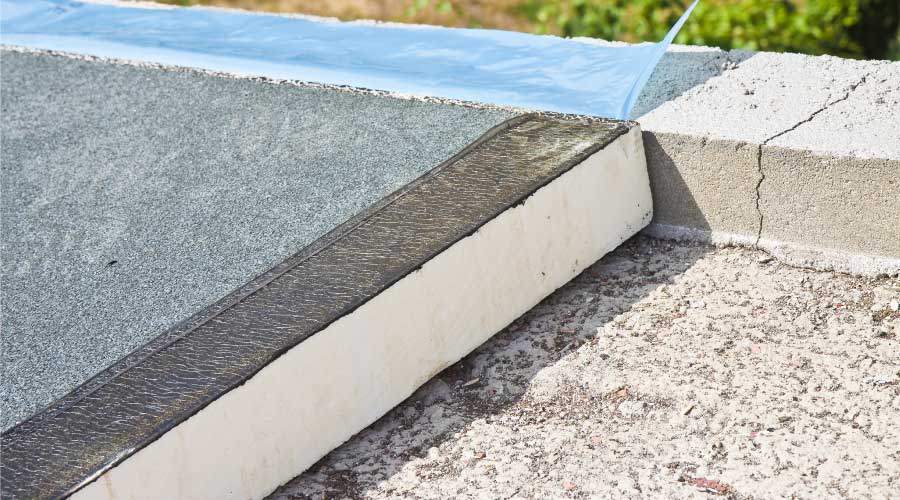Don't Let Myths Stop You From Exploring Net-Zero Energy Buildings
From multitenant office buildings to mixed-use developments, new net-zero energy buildings — buildings that produce at least as much energy as they use on an annual basis — are popping up coast to coast. Though they are still a small percentage of new construction, several factors are converging to move net-zero energy buildings from myth to materiality: Increased expertise in the field, more government and utility incentives, the drop in the cost of photovoltaics panels, greater efficiency of same, and a general willingness by many organizations emerging from the Great Recession to try something new and innovative.
But, of course, there remains resistance. According to Jamie Qualk, vice president with SSRCx, the commissioning arm of consulting and engineering firm Smith Seckman Reid, the skeptics are those who are averse to change, those who don't see how cost, payback and technology can come together practically, or those that have fallen victims to the myths about net-zero energy buildings.
So it's time to do some myth-busting — to look at three of the main hesitations about net-zero energy buildings — and explain why those myths exist and why they may not be true.
Myth #1. Net-zero energy,
without an outrageous first-cost premium, is only possible on small, boutique buildings.
Two of the most prominent examples of net-zero energy buildings that bust this myth are the Bullitt Center in Seattle and the National Renewable Energy Laboratory's (NREL's) Research Support Facility (RSF) in Golden, Colo.
The Bullitt Center, dubbed by its owners, the Bullitt Foundation, as the "greenest commercial building in the world," is a $30 million, six-story, 52,000-square-foot multitenant development that not only will be net-zero energy, but will also be a Living Buildings Challenge certified facility. The construction cost for the Bullitt Center is about $350 per square foot — about an 18 percent premium compared to traditional buildings, according to Brad Kahn, a spokesperson for Point32, the building's developer.
"That's expensive, but not outlandish," says Paul Schwer, principal with PAE Consulting Engineers, Inc., the project's engineering firm. He adds that the owners wanted a 250-year building, which also added cost. So it's difficult to separate the specific net-zero energy costs from others.
Indeed, experts caution against that sort of first-cost or "premium" thinking in regards to net-zero energy buildings. After all, with net-zero energy buildings, there should literally be no utility bill (when accounting on an annual basis). And besides, as Qualk explains, if net-zero energy is the stated goal for the building and the starting point of the first design charrette — which is the case for nearly every documented net-zero energy building — then the components that make up the building aren't divided into "net-zero components" and "traditional building components." Everything is just part of the building.
"Fire protection, security and ADA all add cost to a building, but we've accepted those as things we have to pay for," Qualk says. But, often, sustainability is still seen as a premium. "If net-zero energy is the starting point, then it's worthwhile. The industry suffers from too much first-cost thinking. Failure to account for total cost of ownership means missed opportunities."
The RSF building is a LEED-Platinum certified 360,000-square-foot office building, complete with a data center. It cost about $286 per square foot, when the facility's photovoltaics are included, according to Jeff Baker, director of NREL operations for the Department of Energy's Office of Energy Efficiency and Renewable Energy. Again, the cost is higher than traditional construction, but the building stands as a testament to the fact that net-zero energy is possible for large buildings, says Baker. "DOE has to figure out how to make the case for super-efficient and net-zero energy buildings and at the same cost as traditional. RSF shows that we're approaching that goal."
Related Topics:














